
BMW i8 Coupe (2014-2020) engines, drive and performance
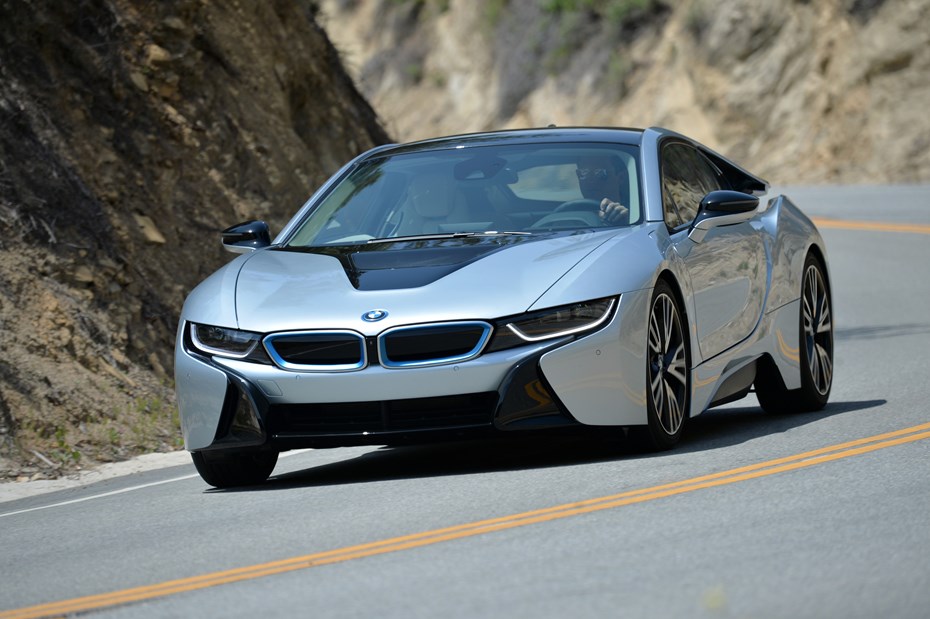
- Impressive performance
- All-electric mode is eerily quiet
- Four-wheel drive power delivery
If there is one word to sum up the i8’s performance, relentless is it. For that you can thank the phenomenon of ‘torque-fill’ that comes from the 96Kw (143hp) electric motor, which aids the 1.5-litre three-cylinder turbocharged (231hp) petrol engine throughout the rev range but is especially noticeable lower down. In total there’s 570Nm of torque available, and a combined power output of 374hp, with 250Nm offered by the electric motor from the off.
What that means on the road is that no matter what gear you are in, regardless of road speed, there is meaningful shove as soon as you depress the accelerator. Acceleration in the i8 isn’t ferocious, in the mould of 500+hp supercars, but it is constant and strong and if you’ve never driven an electrically assisted car it feels slightly other-worldly. It’s certainly addictive.
Rapid 0-62mph figure
Punch out of low speed corners is particularly impressive, and within the realms of physics almost every overtaking opportunity presented to you is there for the taking. Combined with the four-wheel drive system (the rear wheels are powered by the engine, the fronts by the electric motor) and a near 50:50 weight distribution – providing the i8 with almost endless levels of grip – it means drivers in the mood can carry some real speed across country.
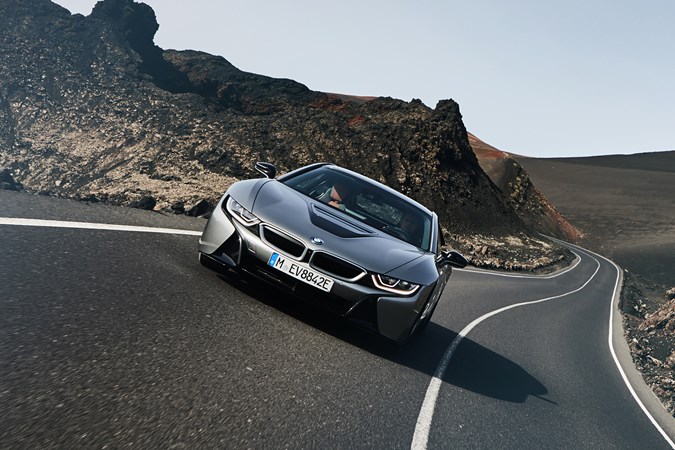
Pit the car against a stopwatch and it’ll complete the 0-62mph sprint in 4.4 seconds. Like other BMWs it’s electronically limited to 155mph.
Not one but two gearboxes
The car actually has two gearboxes; one six-speed automatic (used instead of the company’s more modern eight-speed due to its lower weight) which connects to the internal combustion engine, and one two-speed automatic taking its input from the electric motor. You can operate the engine’s gears manually, though thanks to the excess of low-down grunt there’s little need, plus even in Sport mode the ’box will frustratingly change up to the next ratio as it nears the redline.
Engine noise via speakers
It’s a bone of contention, but in Sport mode the i8 sounds great – with augmented engine noise piped in subtly (at low frequency) through the speakers – with a rorty note inside the cabin that is reminiscent of the firm’s turbocharged six-cylinder units found elsewhere in the BMW range. At this point it would be easy to convince yourself that you weren’t driving an eco-friendly sportscar, though moving back to eDrive mode and experiencing the i8 gliding silently along on electric power soon restores your memory.
And it’s here, at low speed that the biggest fly in the i8’s ointment appears; brakes that are hard to modulate and bring the car to a stop smoothly. Thankfully at higher speeds their response and weight are intuitive, and entirely in-keeping with the rest of the car’s controls.
Powerful BMWs tend to be rear-wheel drive, allowing enthusiastic drivers to take advantage of the chassis balance and play with the tail of the car; the BMW i8 is four-wheel drive instead. That does mean it drives subtly differently to what many BMW fans will expect, without the tail-led adjustability and ‘exciting’ feeling.
It’s certainly not as dramatic as BMW’s fast saloons and coupes, but that’s not necessarily a bad thing; there’s an excess of grip that allows you to push the car very hard without fear that it will end up out of control. Thanks to skinnier tyres (than the norm) at the front of the car, it’ll push wide into safe and controllable understeer before anything else.
How does the BMW i8 drive?
- Five drive modes
- Capable, if not hugely exciting handling
- Grabby brakes are hard to modulate
There are five chassis configurations for the i8; Comfort, Eco Pro, Sport and eDrive (which can be used for full electric running in both Comfort or Eco Pro modes), and the car starts in Comfort as a default. This way it will pull away in electric mode (assuming light throttle inputs) and start the engine at 45mph. Change to eDrive and the i8 is 100% electric, for 23 miles at up to 75mph while EcoPro maximises the range by reducing electric consumers such as the air conditioning and lights.

Sport mode is accessed by flicking the gear lever to the left, for manual selection of the ratios in the automatic box, and the engine will run permanently while also generating the maximum brake energy regeneration. The throttle and suspension settings are also swapped to their most extreme and the electric motor always offers maximum assistance ensuring the best possible performance.
It’s just a shame that while the car has adaptive dampers they have no dedicated control, so if you want to change gears yourself (Sport mode) then the damping automatically reverts to its firmest setting as well. Regardless of setting body roll is nearing the non-existent – the batteries mounted low down, the centre of gravity is correspondingly close to the road and the i8 corners flatly. We’d just like it to be slightly softer for the UK’s heavily scarred roads.
The steering could offer a shade more feel as well, as while it’s usefully light at low speed (allowing for easy parking speed manoeuvring) and weights up as your speed increases and loads are placed across the front axle, it’s never entirely communicative.




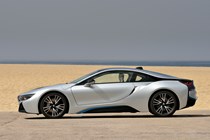
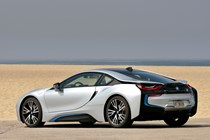
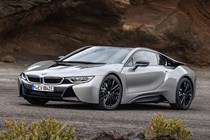
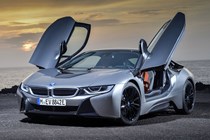
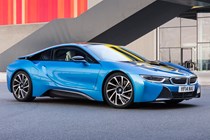


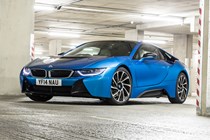
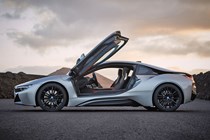
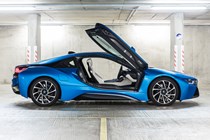
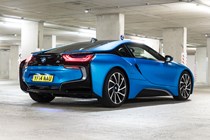
.jpg)
.jpg)
.jpg)
.jpg)
.jpg)
.jpg)
.jpg)
.jpg)

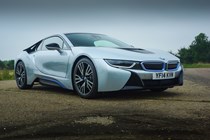
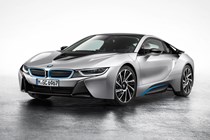
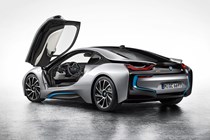
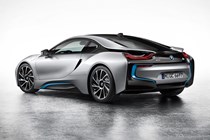
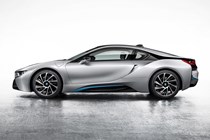
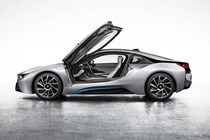


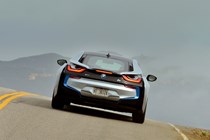
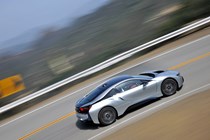
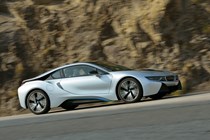
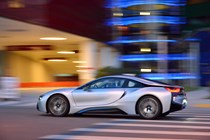
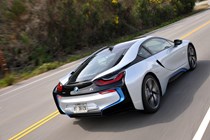
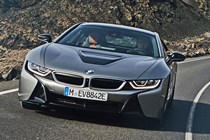
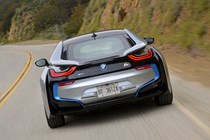
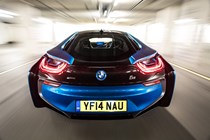
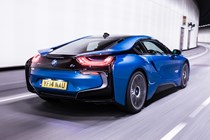
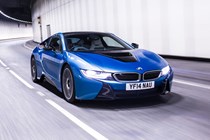
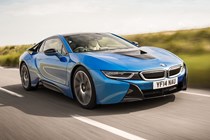
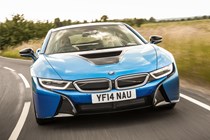
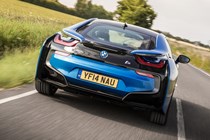
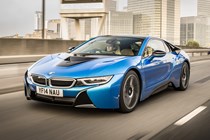
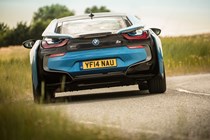
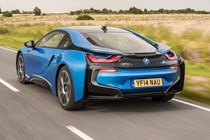
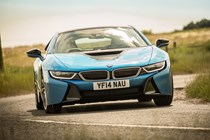
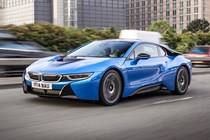
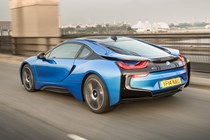
.jpg)
.jpg)
.jpg)
.jpg)
.jpg)
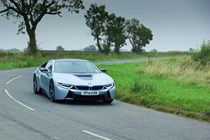
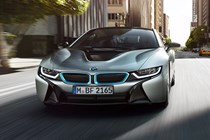
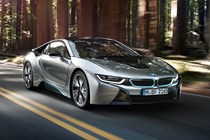
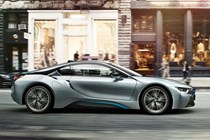
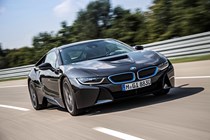
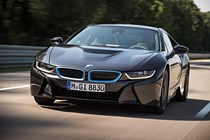

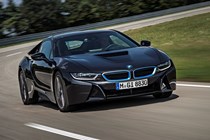
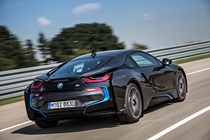
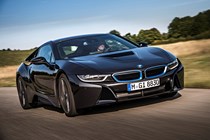
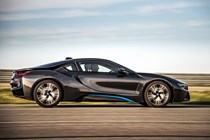
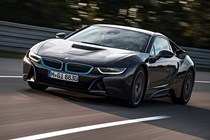

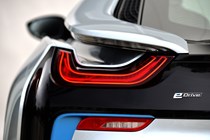
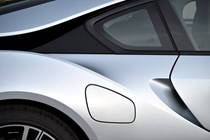
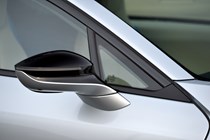
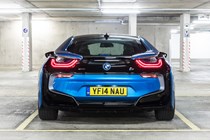
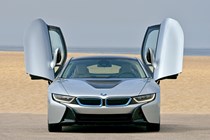
.jpg)
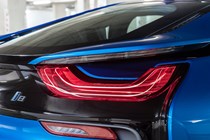
.jpg)
.jpg)
.jpg)
.jpg)
.jpg)
.jpg)
.jpg)
.jpg)
.jpg)
.jpg)
.jpg)
.jpg)
.jpg)
.jpg)
.jpg)
.jpg)
.jpg)
.jpg)
.jpg)
.jpg)
.jpg)
.jpg)
.jpg)
.jpg)
.jpg)
.jpg)
.jpg)
.jpg)
.jpg)
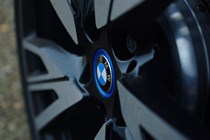
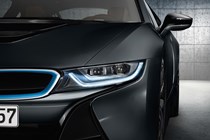
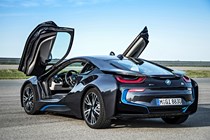
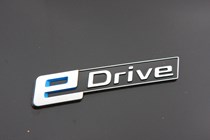
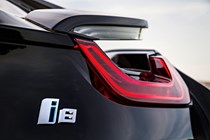
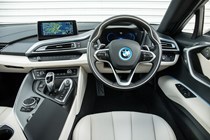
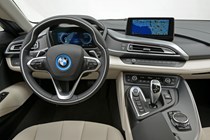

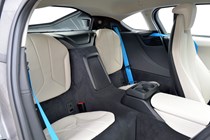
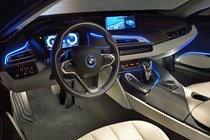
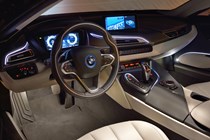
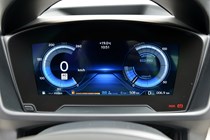


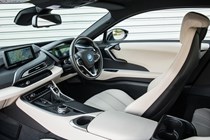
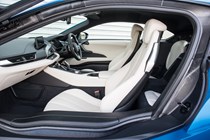
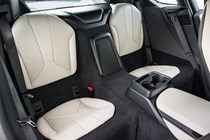
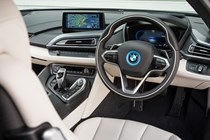
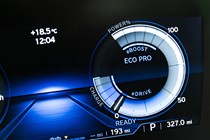
.jpg)
.jpg)
.jpg)
.jpg)
.jpg)
.jpg)
.jpg)
.jpg)
.jpg)
.jpg)
.jpg)
.jpg)
.jpg)
.jpg)
.jpg)
.jpg)
.jpg)
.jpg)
.jpg)
.jpg)
.jpg)
.jpg)
.jpg)
.jpg)
.jpg)
.jpg)
.jpg)
.jpg)
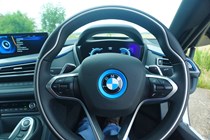
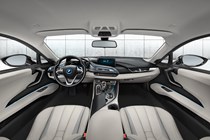
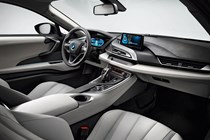
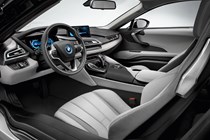
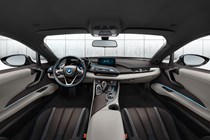
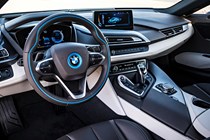
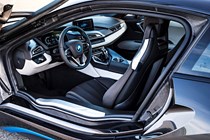
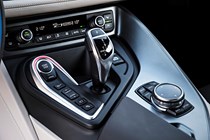

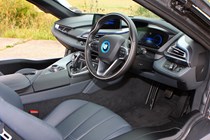
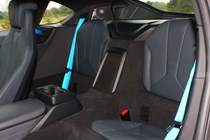
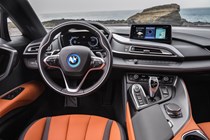
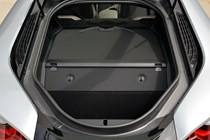

.jpg)
.jpg)
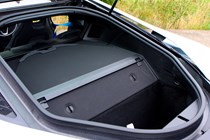













.jpg?quality=50)
.jpg?quality=50)
.jpg?quality=50)
.jpg?quality=50)
.jpg?quality=50)
.jpg?quality=50)
.jpg?quality=50)
.jpg?quality=50)




























.jpg?quality=50)
.jpg?quality=50)
.jpg?quality=50)
.jpg?quality=50)
.jpg?quality=50)


















.jpg?quality=50)

.jpg?quality=50)
.jpg?quality=50)
.jpg?quality=50)
.jpg?quality=50)
.jpg?quality=50)
.jpg?quality=50)
.jpg?quality=50)
.jpg?quality=50)
.jpg?quality=50)
.jpg?quality=50)
.jpg?quality=50)
.jpg?quality=50)
.jpg?quality=50)
.jpg?quality=50)
.jpg?quality=50)
.jpg?quality=50)
.jpg?quality=50)
.jpg?quality=50)
.jpg?quality=50)
.jpg?quality=50)
.jpg?quality=50)
.jpg?quality=50)
.jpg?quality=50)
.jpg?quality=50)
.jpg?quality=50)
.jpg?quality=50)
.jpg?quality=50)
.jpg?quality=50)
.jpg?quality=50)



















.jpg?quality=50)
.jpg?quality=50)
.jpg?quality=50)
.jpg?quality=50)
.jpg?quality=50)
.jpg?quality=50)
.jpg?quality=50)
.jpg?quality=50)
.jpg?quality=50)
.jpg?quality=50)
.jpg?quality=50)
.jpg?quality=50)
.jpg?quality=50)
.jpg?quality=50)
.jpg?quality=50)
.jpg?quality=50)
.jpg?quality=50)
.jpg?quality=50)
.jpg?quality=50)
.jpg?quality=50)
.jpg?quality=50)
.jpg?quality=50)
.jpg?quality=50)
.jpg?quality=50)
.jpg?quality=50)
.jpg?quality=50)
.jpg?quality=50)
.jpg?quality=50)














.jpg?quality=50)
.jpg?quality=50)
